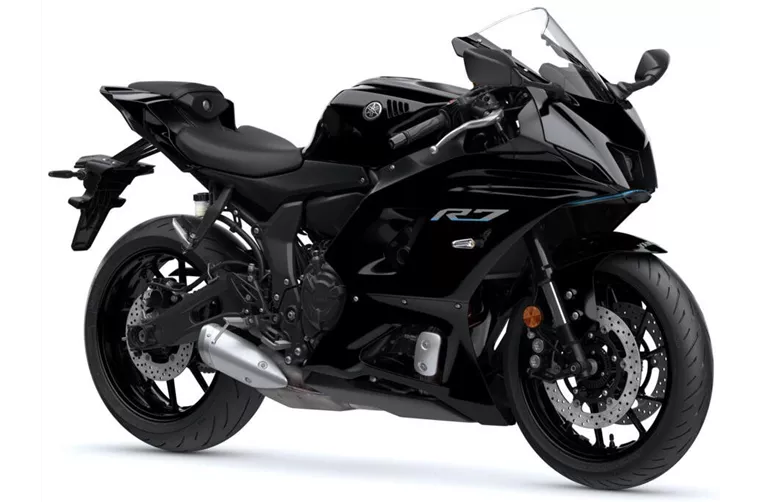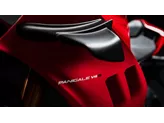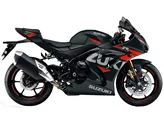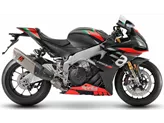Yamaha R7 2022 vs. BMW S 1000 RR 2016
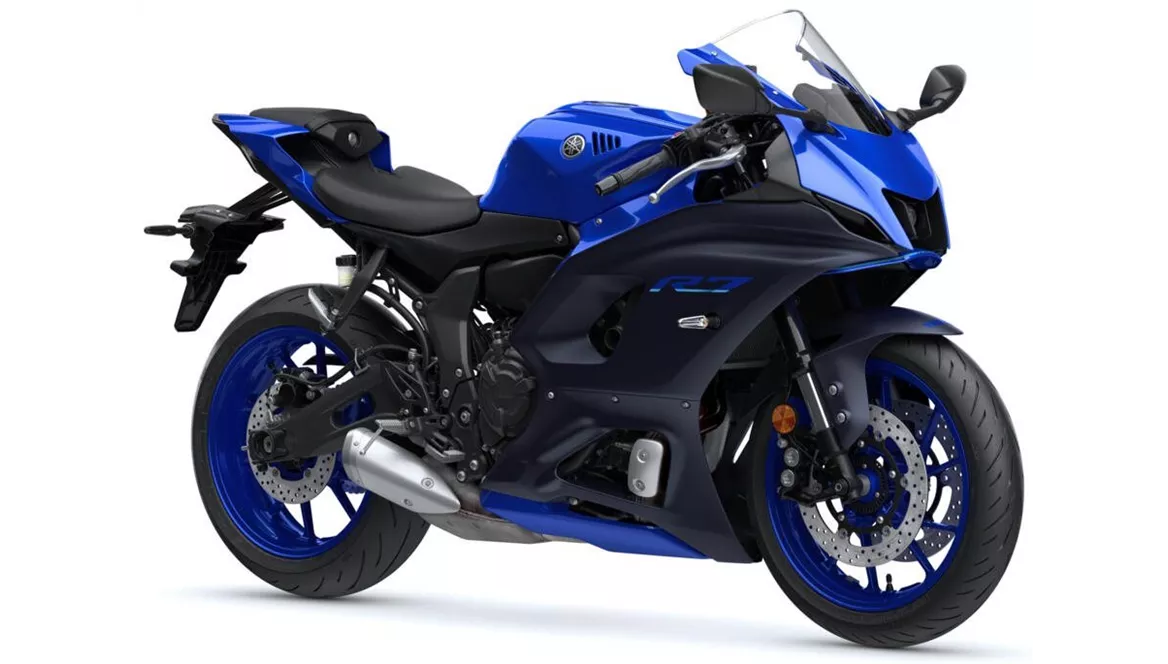
Yamaha R7 2022

BMW S 1000 RR 2016
Overview - Yamaha R7 2022 vs BMW S 1000 RR 2016
The Yamaha R7 2022 and the BMW S 1000 RR 2016 are both supersport motorcycles that offer impressive performance and features. However, there are some notable differences between the two models.
In terms of engine specifications, both motorcycles have an in-line engine type with an 80mm bore. However, the Yamaha R7 has a stroke of 68.6mm, while the BMW S 1000 RR has a stroke of 49.7mm. The Yamaha R7 has a lower engine power of 73.4 HP compared to the BMW S 1000 RR's 199 HP. Similarly, the torque of the Yamaha R7 is 67 Nm, while the BMW S 1000 RR offers 113 Nm of torque. The compression ratio of the Yamaha R7 is 11.5, whereas the BMW S 1000 RR has a compression ratio of 13. Both motorcycles have a different number of cylinders, with the Yamaha R7 having 2 cylinders and the BMW S 1000 RR having 4 cylinders. The displacement of the Yamaha R7 is 689cc, while the BMW S 1000 RR has a displacement of 999cc.
In terms of suspension, both motorcycles have a swing arm rear suspension. However, the Yamaha R7 has an upside-down telescopic fork front suspension, while the BMW S 1000 RR has a telescopic fork front suspension.

Yamaha R7 2022
In terms of chassis, the Yamaha R7 has a steel frame, while the BMW S 1000 RR has an aluminum frame. This difference in frame material may affect the overall weight and handling of the motorcycles.
Both motorcycles have double disk front brakes with radial technology. The front tire width and diameter are the same for both models, with a width of 120mm and a diameter of 17 inches. However, the rear tire width is slightly wider for the BMW S 1000 RR at 190mm compared to the Yamaha R7's 180mm. Both motorcycles have a rear tire diameter of 17 inches.
The wheelbase of the Yamaha R7 is 1395mm, while the BMW S 1000 RR has a slightly longer wheelbase of 1425mm. The kerb weight of the Yamaha R7 is 188kg with ABS, while the BMW S 1000 RR weighs slightly more at 204kg with ABS. The fuel tank capacity of the Yamaha R7 is 13 liters, while the BMW S 1000 RR has a larger fuel tank capacity of 17.5 liters.
In terms of strengths, the Yamaha R7 2022 is praised for its CP2 engine, which provides power from below and in the middle. It also offers a front-wheel-oriented seating position, an adjustable chassis, and excellent maneuverability. The Yamaha R7 is also equipped with good brakes.

BMW S 1000 RR 2016
On the other hand, the BMW S 1000 RR 2016 is known for its very powerful engine, comfortable seating position, and excellent shift assistant.
In terms of weaknesses, the Yamaha R7 does not have a TFT display, which may be considered a drawback for some riders. On the other hand, the BMW S 1000 RR has been criticized for being somewhat sluggish in curves.
Overall, both the Yamaha R7 2022 and the BMW S 1000 RR 2016 are high-performance motorcycles with their own unique strengths and weaknesses. Riders looking for a more manageable and adjustable motorcycle may prefer the Yamaha R7, while those seeking a more powerful and comfortable ride may lean towards the BMW S 1000 RR.
Technical Specifications Yamaha R7 2022 compared to BMW S 1000 RR 2016
Pros and Cons in comparison
Pros and Cons in comparison
Yamaha R7 2022
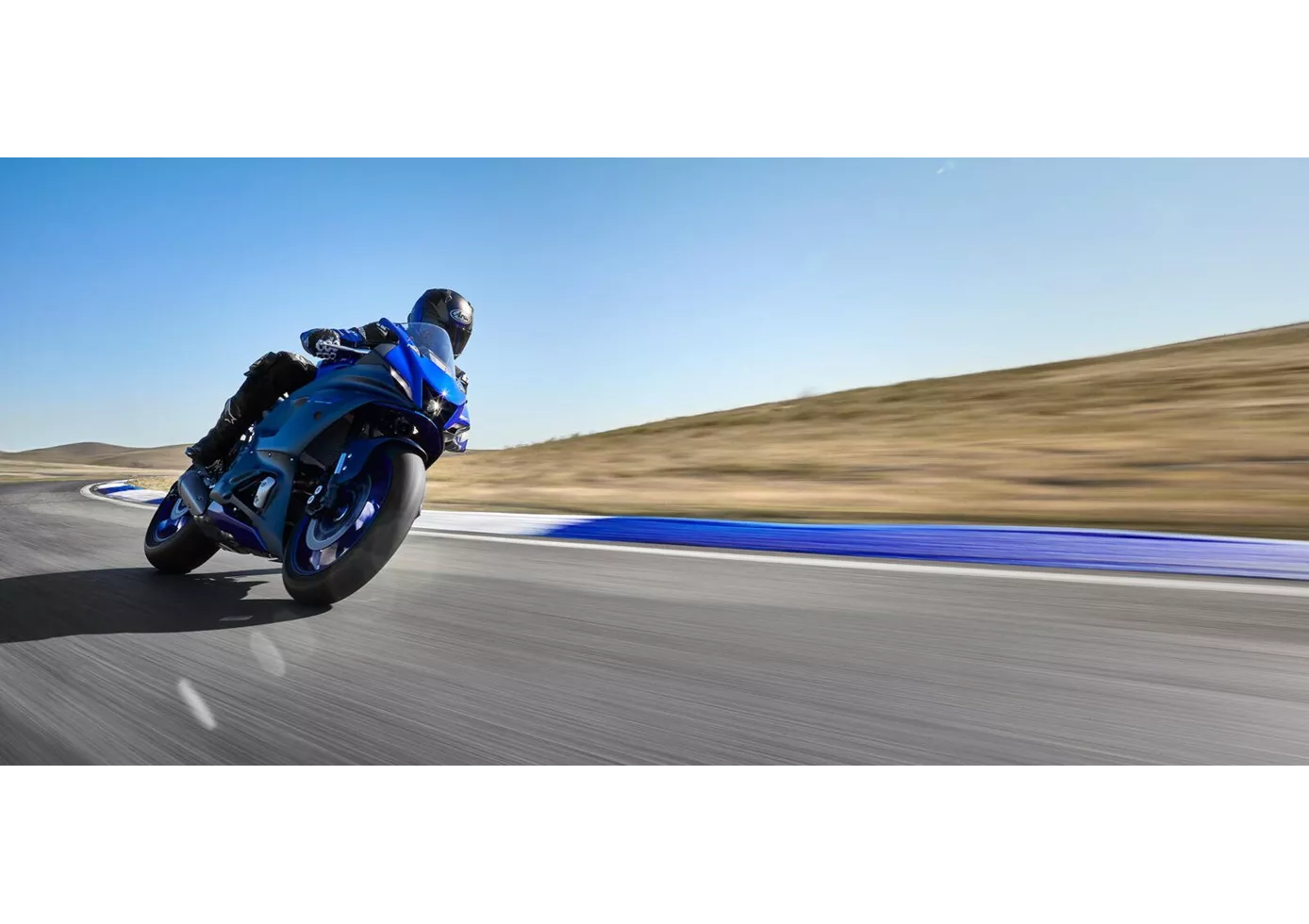
Those who expect the Yamaha R7 to be a half-hearted solution will be surprised at how well-balanced the little supersports bike is. Of course, the engine with just over 70 hp doesn't have what it takes to challenge the R6, for example, but the engine with its punch from below fits the character perfectly. The chassis components are of high quality, even fully adjustable at the front, and the handling of the slim grenade is absolutely awesome. The seating position is fine, not as radical as on a real super sports bike, and therefore suitable for everyday use.
BMW S 1000 RR 2016

The S 1000 RR is the universal talent among the superbikes - you sit on it and feel comfortable straight away. Although it seems a bit nervous in comparison in terms of chassis and stability. However, it converts this into pleasantly easy handling and impresses with its enormous engine power. The front wheel is indeed particularly light and has to be calmed by the steering damper. An incredibly sporty and at the same time comfortable feature is the shift assistant for upshifting and downshifting - this brings calm to the chassis and you can fully concentrate on driving.
Price Comparison Avarage Market Price Yamaha R7 vs BMW S 1000 RR
There are a few key differences between a Yamaha R7 2022 and a BMW S 1000 RR 2016. In terms of price, the actual average price of a BMW S 1000 RR 2016 is about 57% higher. Compared to BMW S 1000 RR 2016 there are more Yamaha R7 2022 bikes available on the 1000PS.de Marketplace, specifically 44 compared to 7. It takes less time to sell a BMW S 1000 RR with 69 days compared to 87 days for the Yamaha R7. Since model year 2021 1000PS.de editors have written 9 reviews for the Yamaha R7 and 135 reviews for the BMW S 1000 RR since model year 2010. The first review for the Yamaha R7 was published on 18/05/2021 and now has more than 92,800 views. This compares to more than 4,000 views for the first review on BMW S 1000 RR published on 16/04/2008.
